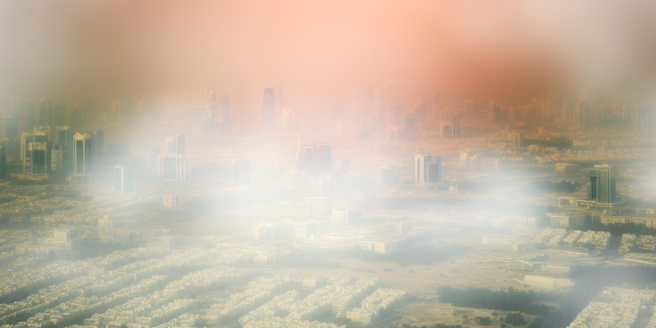
Understanding the Growing Trend of Urban Heatwaves
Urban heatwaves are becoming increasingly common due to climate change. As well as this, the physical strain on infrastructure like buildings and roads results in additional costs. Factors such as rising industrialization and excessive use of fossil fuels are contributing to this escalation. The intensifying heat and extended periods of extreme temperature are having significant impacts on city dwellers’ health, economies, and overall quality of life. Strategies such as introducing more green spaces and improving the energy efficiency of buildings are being considered in order to mitigate these effects. The disproportionately high levels of urbanization also exacerbate the heat island effect, wherein urban areas become significantly warmer than their rural surroundings. Cities worldwide are now grappling with the daunting task of adapting to these relentless heatwaves.
Urban Design: Addressing Heat Absorption in Cities
Urban heatwaves, increasingly common worldwide, are significantly influenced by heat absorption from concrete and asphalt that characterize urban environments. Residential and commercial buildings, highways and streets, primarily made of these materials, absorb solar energy during the day and re-emit the absorbed heat in the evening, creating a cycle of high temperatures known as urban heatwaves. This cycle is exacerbated by sparse vegetation and the prevalence of heat-trapping greenhouse gases. To tackle this issue, cities are reinterpreting urban design to include climate adaptation strategies like cool pavements and green roofs. Cool pavements reflect more sunlight and absorb less heat than traditional forms, while green roofs, adorned with vegetation, reduce heat absorption and enhance thermal comfort, providing a more sustainable urban environment in the face of rising global temperatures.
Role of Green Infrastructure in Cooling Cities
Green infrastructure, consisting of elements like parks, green roofs, and street trees, mitigates rising temperatures in cities and combats urban heatwave. These natural cooling systems significantly reduce overall urban temperatures, with areas like parks and gardens providing cooler microclimates within cities. The heat mitigation attribute of these green spaces attributes to a natural process known as evapotranspiration, wherein water transfers from the land to the atmosphere through evaporation from the soil and transpiration from plants, reducing urban heat intensity. Apart from cooling cities, green infrastructure also enhances air quality by absorbing pollutants and producing oxygen, which is particularly beneficial for city dwellers. They also reduce energy demand for cooling by lessening the dependency on air conditioning, leading to lower energy consumption and decreased greenhouse gas emissions. Furthermore, these spaces contribute to urban biodiversity by providing habitats for diverse species supporting overall ecosystem health. Consequently, the incorporation of green infrastructure into urban planning paves the way towards creating sustainable and resilient cities.
Innovations in Building Materials for Heatwave Adaptation
Adaptive and heat resilient materials for construction are gaining attention in this climate emergency. The need for such technology has never been greater, given the rising global temperatures and increasing frequency of heatwaves. This is leading to an unprecedented emphasis on the material science aspect of construction design. This urgency is sparking research and development in new heat-resistant technologies. Traditional materials tend to absorb and retain too much heat, exacerbating the urban heat island effect. Innovative materials that reflect sunlight, absorb less heat, or even have cooling properties are being developed. These include cool roofs, self-shading structures, and thermally reflective paints. These encouraging innovations can go a long way in making cities inherently more resilient to heatwaves.
Case Studies: How Different Cities are Adapting to Heatwaves
Cities worldwide employ different tactics to handle heatwaves, tailored to their geographic and societal context. Melbourne, Australia has a holistic heatwave plan incorporating cooling centers and extensive community education on temperature safety. Alternatively, Los Angeles USA combats its heat island effect by employing cool pavements to reflect sunlight and reduce heat absorption. Tokyo, Japan has utilized its surrounding nature, incorporating green spaces and rooftops into the city layout to provide shade and absorb heat. These tactics provide us with an understanding of how distinct strategies are used to adapt to rising global temperatures and give us insight into the essential role of heat-resilience in future urban design.
